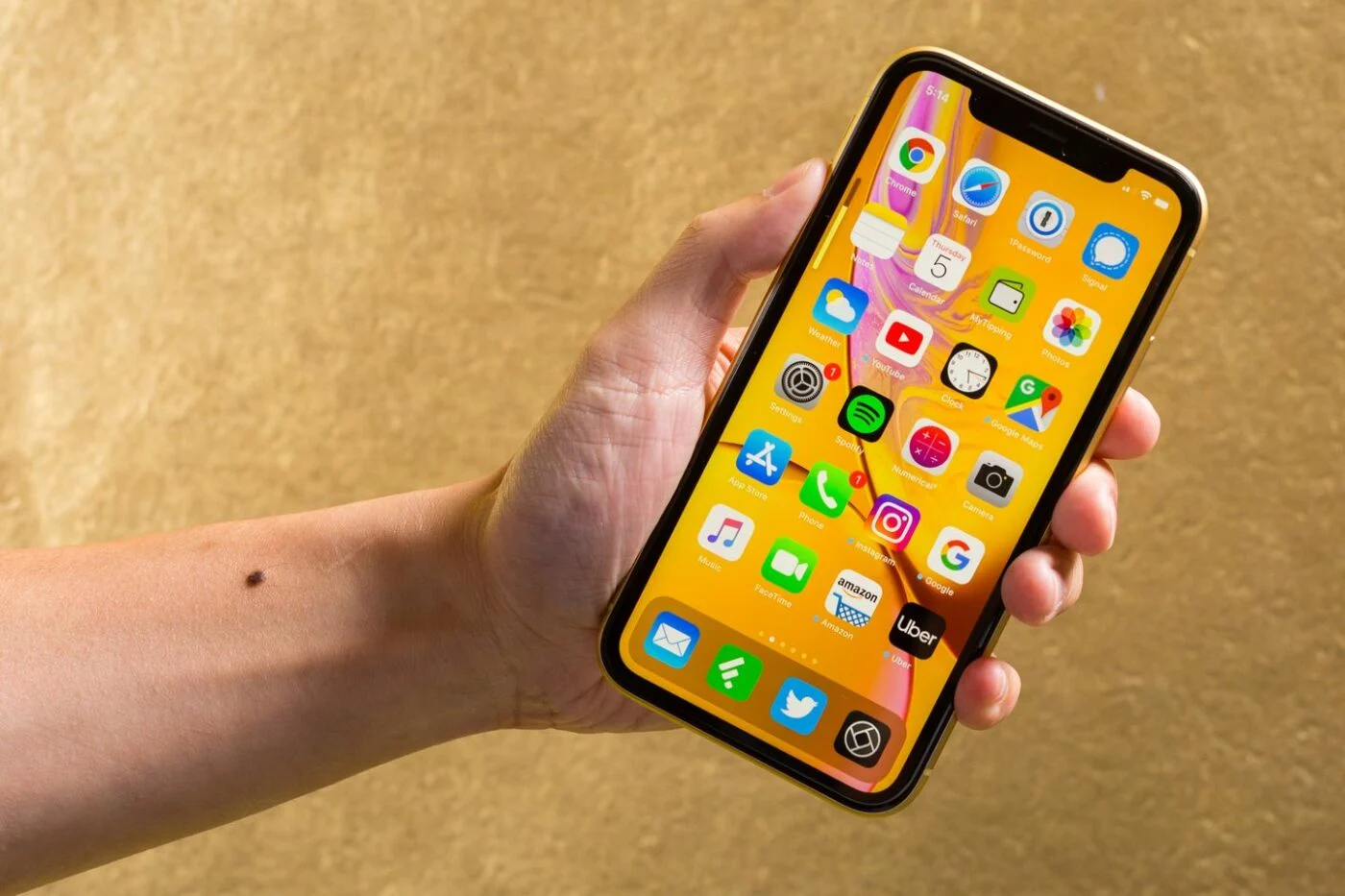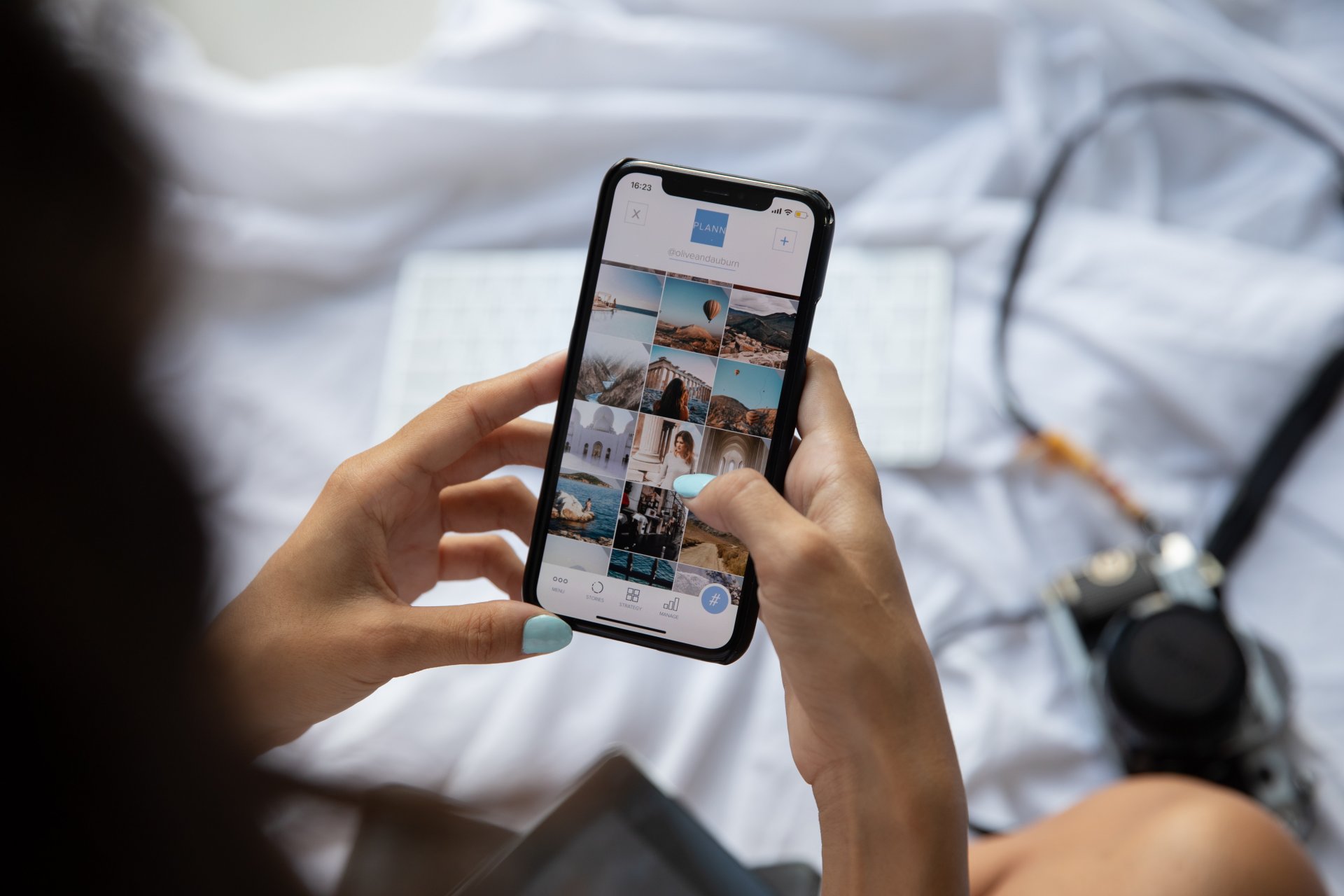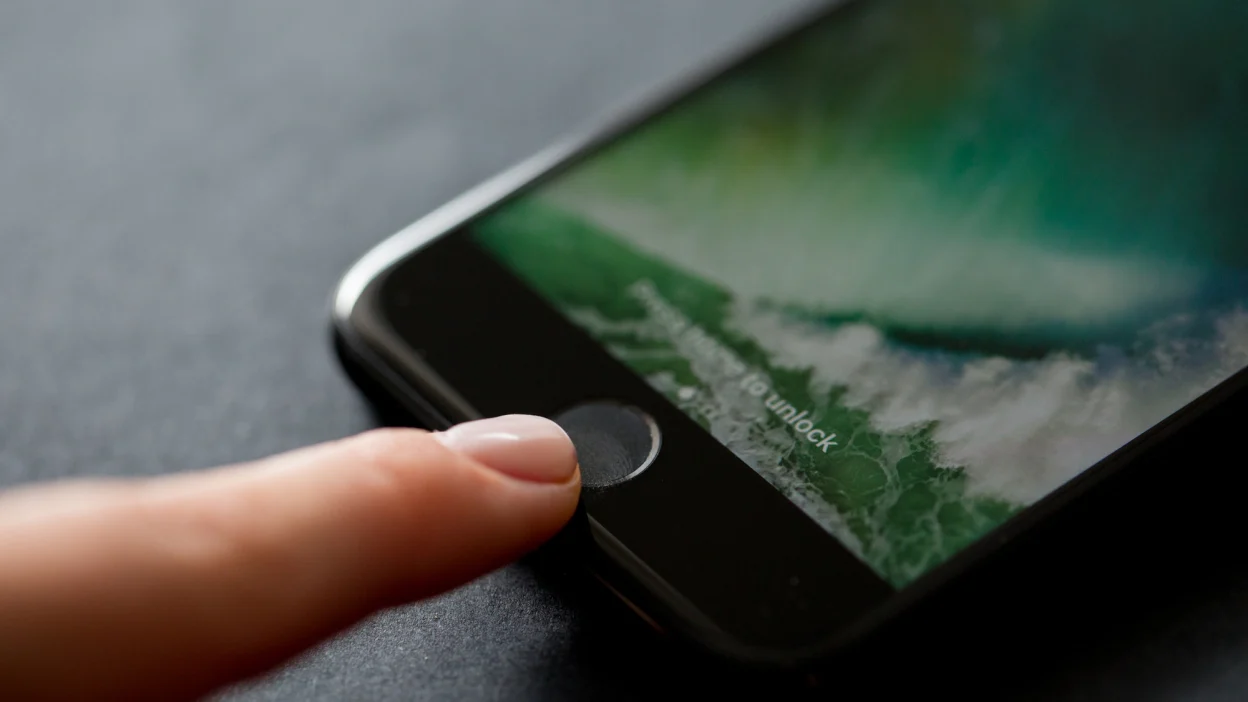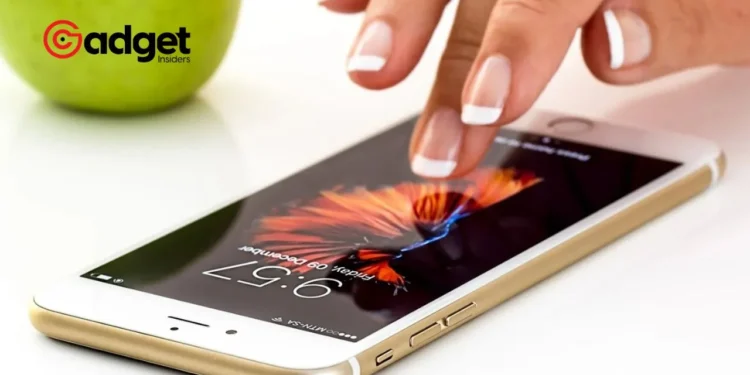In the digital age, the phenomenon of the “iPhone finger” has sparked a flurry of conversations online. The term, intriguing as it sounds, describes a supposed indent on the pinky finger, attributed to holding smartphones for extended periods. This new buzzword gained traction particularly after it was highlighted on “The TJ Show” podcast, with hosts sharing their personal experiences of noticing dents on their pinky fingers from constant smartphone use.
The discussion around “iPhone finger” reflects broader anxieties about our growing dependency on cell phones and the physical toll this might be taking on our bodies. With smartphones virtually becoming an extension of ourselves, it’s no wonder that such concerns are making waves across social media platforms and among health enthusiasts.
Unpacking the “iPhone Finger” Phenomenon
Despite the widespread chatter, medical experts have been quick to address the fears surrounding the “iPhone finger,” largely dismissing it as a myth. Orthopedic surgeon Dr. Peter Evans, associated with the prestigious Cleveland Clinic, emphasizes that the observed pinky finger dents are more likely attributable to natural variations in anatomy rather than a new medical condition.
Similarly, Occupational Therapist April Hibbeler and hand surgeon Dr. Michael Geary have echoed these sentiments, confirming the absence of any official diagnosis for the “iPhone finger.”

Orthopedic surgeon Dr. Peter Evans from the Cleveland Clinic dismisses the notion of the “iPhone finger” as a widespread problem. He explains that images showing pinky finger dents are often just variations in normal anatomy.
The Real Ergonomic Risks of Smartphone Use
While “iPhone finger” itself may not pose a genuine health risk, experts caution against ignoring the potential ergonomic pitfalls of excessive smartphone usage. Dr. Evans points out that long hours spent on phones can indeed lead to joint difficulties and musculoskeletal issues.
Specific conditions such as clinodactyly—where the pinky finger bends towards the ring finger—and Dupuytren’s contracture, characterized by fingers contracting towards the palm, have been noted. Although there’s no definitive proof linking smartphones directly to these conditions, the association with certain health risks cannot be completely overlooked.

Moreover, “smartphone elbow” or cubital tunnel syndrome represents another concern linked to prolonged phone use. This condition, resulting from excessive elbow bending during texting, can lead to nerve damage and symptoms like tingling or numbness in the pinky finger.
Do you have iPhone finger? 🤯 pic.twitter.com/xrNyUWzUhR
— AlphaFo𝕏 (@Alphafox78) March 25, 2024
Navigating Smartphone Use: Prevention and Awareness
Despite the debunking of the “iPhone finger” as a medical concern, the dialogue it has initiated serves as a crucial reminder of the need to be mindful of our smartphone habits.
Adopting preventive measures such as moderating phone use, taking regular breaks, and maintaining good posture can significantly mitigate the risk of developing musculoskeletal difficulties and other health issues associated with prolonged smartphone engagement.

While the “iPhone finger” might not be the scare it was initially thought to be, it opens up important conversations about our digital habits and their physical implications.
As we continue to navigate our increasingly digital lives, staying informed and proactive about our health in the context of technology use becomes more essential than ever.










